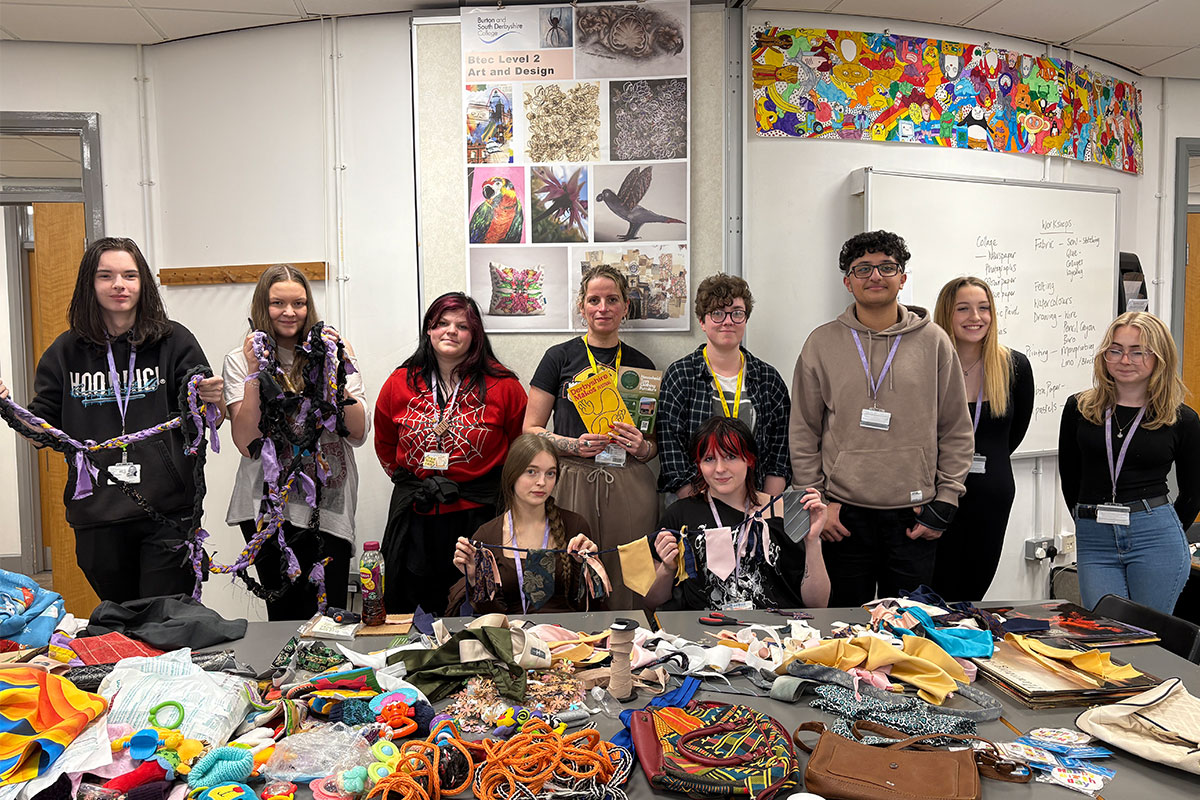Social learning is crucial to today’s student experience

Digital transformation in higher education should focus on student outcomes, not the technology that underpins it. With a focus on the student experience, digital transformation must enable seamless, on-demand access to anything, anytime, and anywhere, just as today’s digital natives expect, when learning and living on campus.
With student experience at the centre, a collaborative and holistic campus-wide approach to digital transformation will align all technological decisions with academic goals. This enables schools to offer the benefits of social learning, aiding student mental health and wellbeing as well as eliminating potential barriers to student success.
Social learning is based on a theory proposed by psychology professor Albert Bandura. It posits that students learn by blending visual, auditory, and kinaesthetic learning styles to understand new concepts, retain knowledge, and apply what they have learned. The collaborative nature of social learning enables students to achieve greater academic success.
Social learning has effectively ended the days when students were forced to adapt their learning style to fit the school’s delivery. Instead, by placing the student at the centre of an immersive educational journey, the new outcome is engaging and rewarding because learning is personalised.
To realize this vision, the entire student journey must be mapped out, with solutions designed to help the student at each step of their journey.
This begins with recruitment. Tools such as chatbot enabled websites that are engaging, interactive, and personalised, provide a great opportunity for potential students to successfully navigate the application process and get a real sense of what it’s like to be on campus, virtually interacting with students and professors, or engage in activities.
Once on campus, the use of a common collaboration platform enables many benefits, creating a community where everyone feels connected, while also supporting each student academically.
It’s important to recognise that every student will have unique needs – understanding and supporting them is crucial. Through data analytics technologies you can identify and help struggling students by offering personalised support that enables students to excel and, in-turn, increase retention rates.
To determine who needs help, analytics software uses a baseline of successful students to pinpoint those who are struggling academically. Nudge technologies, such as personalised encouragement and reminders can be texted via the campus collaboration platform, helping improve academic performance.
One lesson we’ve learned from the pandemic is that students want choice. So, universities now need to offer teaching via hybrid, in-person or fully remote, to cater to every student’s needs. However, when offering hybrid and remote teaching, educators need to ensure they are still encouraging and promoting student collaboration, doing everything in their power to ensure that students never feel isolated or lonely.
Technology can help students feel part of a supportive community, interacting with one another, exchanging ideas with teachers and professors, and accessing information about campus resources,
both academically and socially. For example, international students can create channels to find other students from their home country who are encountering similar experiences in a new country.
Finally, technologies can be used to help students stay connected with each other and the university after graduation. Maintaining a connection with alumni is an effective way to help ensure former students become long-term ambassadors for the school and its programs.
Placing the student at the centre of any school’s digital transformation strategy and focusing on their needs, both now and in the future, is one of the best ways to empower student success. Students will be more successful, while school’s gain a competitive advantage, leading to improved retention rates and an engaged alumni community that helps drive ongoing growth












Responses